LUVIT!
Senior Member
Wowser....I remember when I worked as a waiter in the day and the whole area around the CN Tower was empty. We've come a long way baby.
Yep that's been the norm for the last 5 years or so; As businesses are moving to the newer buildings in the south core - west/east of the core as well - leaving large blocks left in the traditional financial district.
The key is though, when this boom started years ago, the prediction was those vacancies would be hard to fill and cause the overall vacancy rate to increase eventually stopping any new construction. That never happened, the space in the financial core has been (slowly) filled with other tenants.
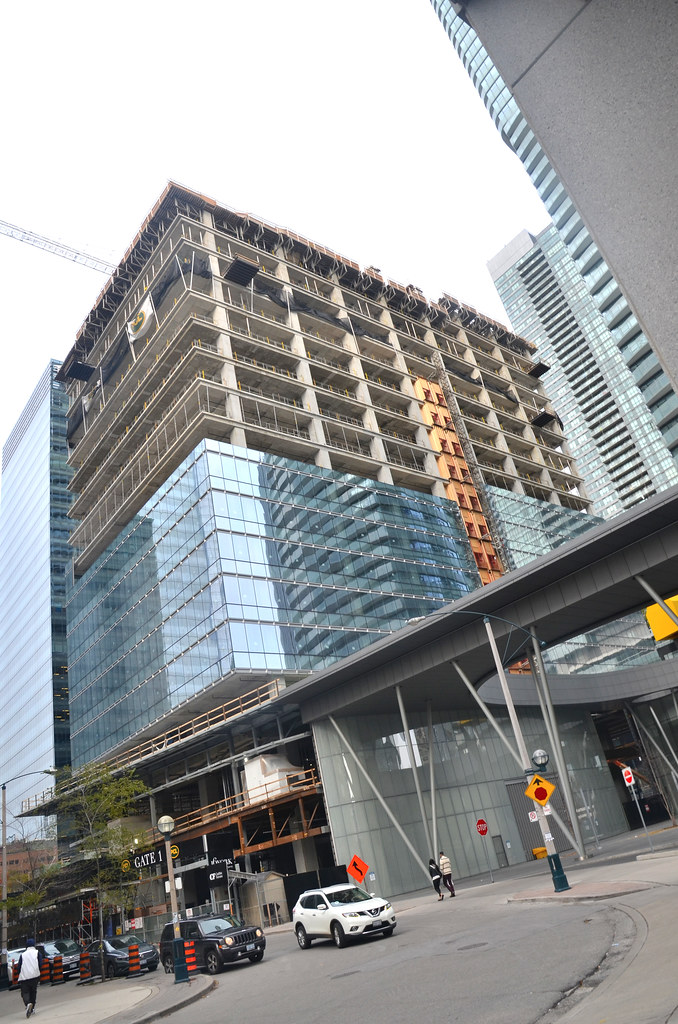
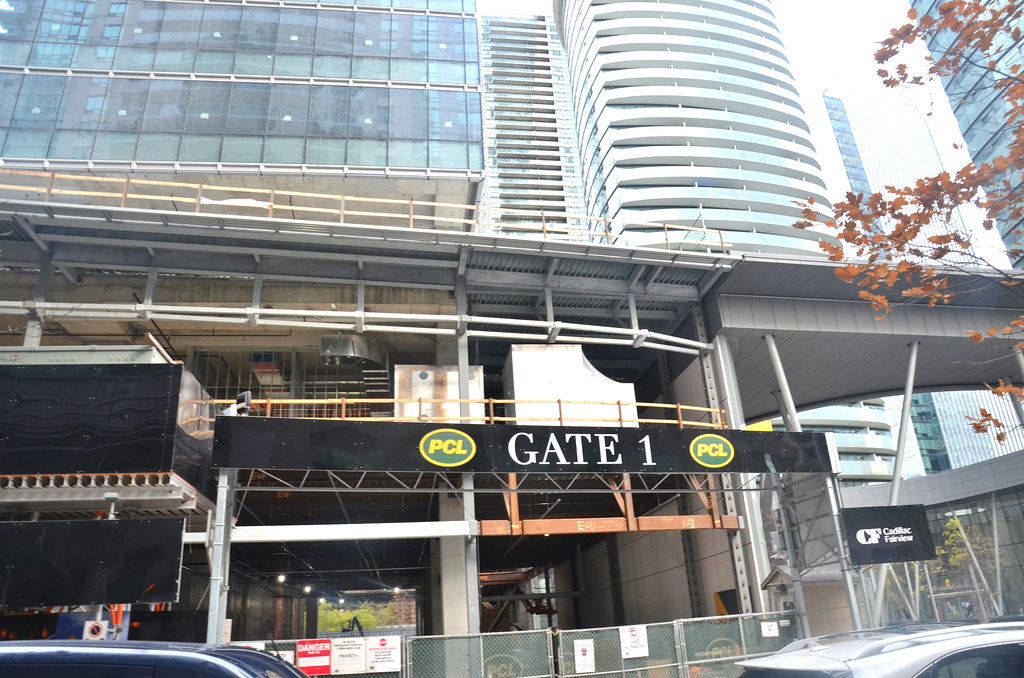
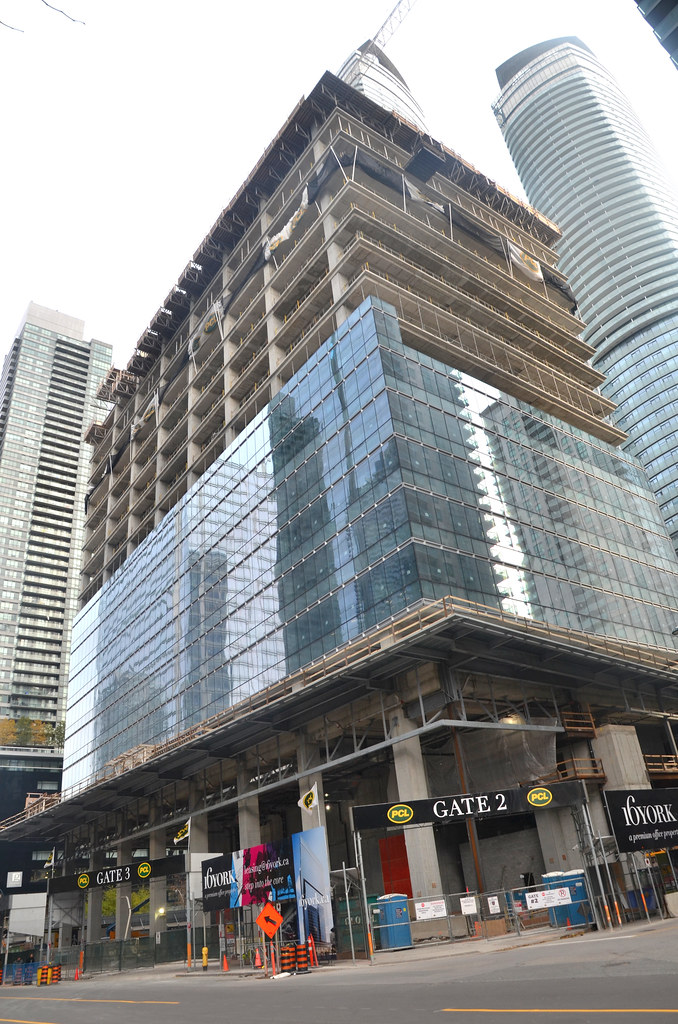
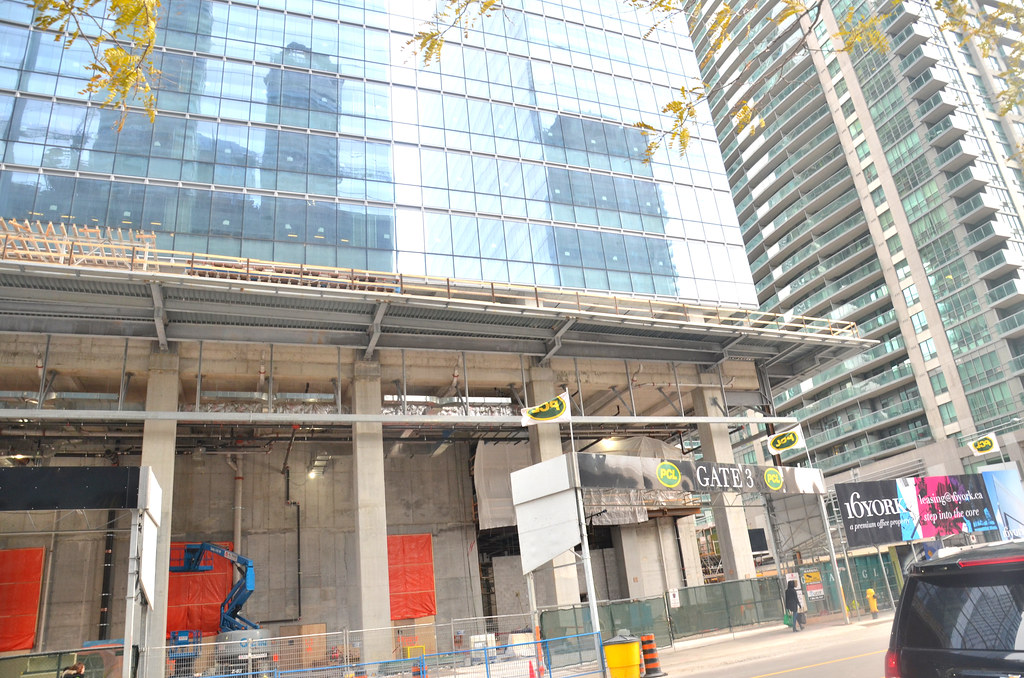
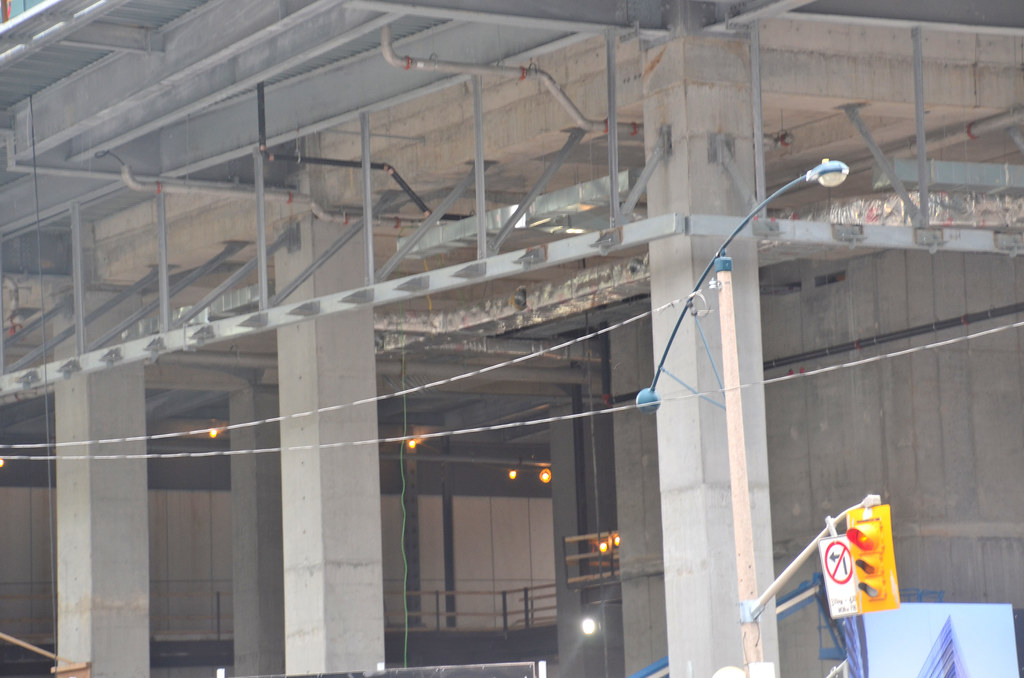
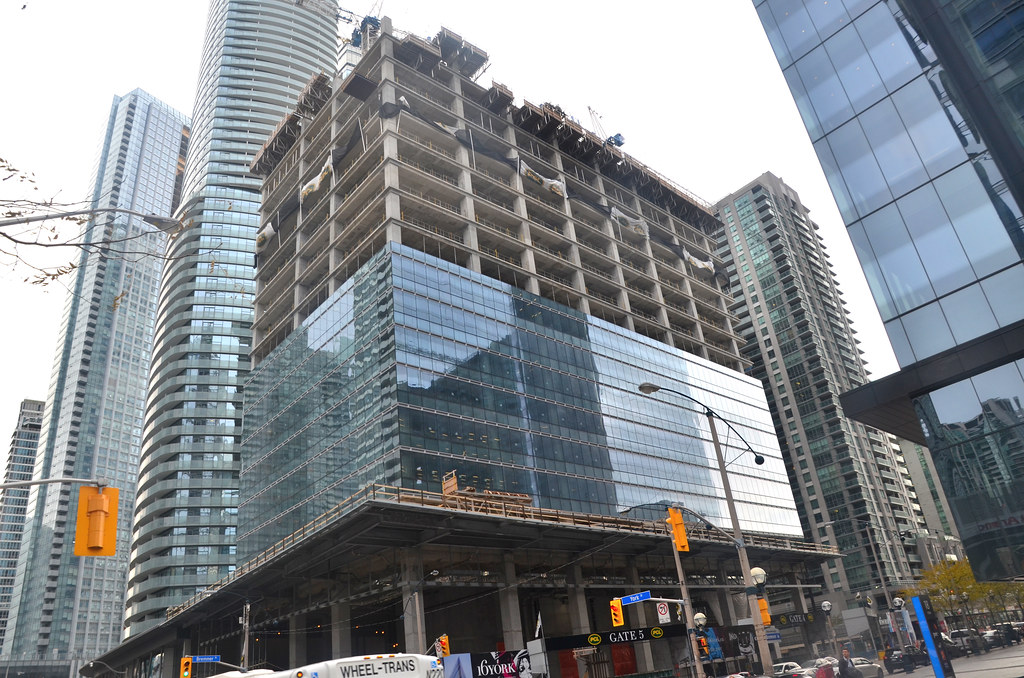
Yep that's been the norm for the last 5 years or so; As businesses are moving to the newer buildings in the south core - west/east of the core as well - leaving large blocks left in the traditional financial district.
The key is though, when this boom started years ago, the prediction was those vacancies would be hard to fill and cause the overall vacancy rate to increase eventually stopping any new construction. That never happened, the space in the financial core has been (slowly) filled with other tenants.
The newer buildings in SoCo are better in terms of amenities in many regards. All new buildings strive for various certifications like LEED and Fitwell. As the result they are more adapted to a modern urbanite experience. For example, if you are cycling to work, that makes all the difference in the world. Having proper bike storage and showers in the new buildings actually makes biking a viable commuting option. Speaking of the commute, SoCo is next to the Union station, so it serves both the TTC riders and the 905ers taking GO. So location-wise it is a lot more convenient than anything north of Queen.I am not sure what the attraction of the Southcore properties is vs the Financial District. The Financial District towers to me remain a more premium product in all aspects (architecture, height, amenities, finishes). Do we expect this trend to last?
The newer buildings in SoCo are better in terms of amenities in many regards. All new buildings strive for various certifications like LEED and Fitwell. As the result they are more adapted to a modern urbanite experience. For example, if you are cycling to work, that makes all the difference in the world. Having proper bike storage and showers in the new buildings actually makes biking a viable commuting option. Speaking of the commute, SoCo is next to the Union station, so it serves both the TTC riders and the 905ers taking GO. So location-wise it is a lot more convenient than anything north of Queen.
This article is a good read if you wonder what SoCo buildings are all about.
I wonder if utility costs are paid by the tenants directly. Because these buildings are more energy efficient, does that somehow factor into the tenancy costs?
While I think transportation is a factor I wager that's not what drives it predominantly; Rather it's a combination of:
1) More modern / energy efficient as others have mentioned, but this becomes less of a selling point as the older stock renovate (and they have been, aggressively)
2) Often when you see these moves, companies are consolidating offices from multiple buildings; When doing this, there just simply is not enough contiguous space in the older stock of buildings, as they're predominantly full, to meet their demand.
-> By this I'm not implying they are taking more space, we actually see companies reduce their footprint (even while increasing headcount) as newer build outs often use less sq/ft per person. But even with this if you're consolidating from leases in 4 existing buildings, again there won't be enough space in the older stock.
I am only familiar with three smaller buildings in the financial district and one in the Bay/Bloor area, all very old. Only 2 have bike cages, none have showers. One is so bad in terms of the washrooms that there are constant lineups there and to make it worse the ongoing meme there is to make eye contact with the person at the urinal next to you and make awkward small talk as you are relieving yourself. So from my subjective perspective, I would take my SoCo building over any one of those any day of the week. But then again, I'm not familiar with the amenities of the big skyscrapers in the financial district. I agree that there is more variety of shopping and eateries there, but all the SoCo buildings are connected to the PATH. It takes me 30 minutes of a brisk walk to get to Eaton's and back taking the PATH, leaving 30 minutes for lunch if I feel like I want to go for a walk or hit up a food place there. Architecture-wise and finish-wise, I agree, a lot of the financial district buildings are nicer, but how much does that play into executives' decision when picking a location? Also, not sure if the financial district buildings are also being renovated with the new open office layouts like the newer buildings, but you can cram a lot more people per sq.ft. into these new offices compared to the classic cubicles.A lot of the buildings in the Financial District have been certified LEED (not New Build, but O&M, C&S). They also having secure bike parking and shower facilities. In my view the amenities are (way) better in the Financial District (better architecture, lobbies, elevator allocation, shopping (PATH and Eaton Centre), more varied food options (also closer access to Entertainment District eateries). I'd say its no contest. Perhaps we need SoCo to build out completeley (Hub is all that remains) and we shall see if this trend continues.
So are they aiming to have this shift on the same horizontal plane as where Ice Condos have their balconies shift?The building is currently on ~15 (excluding lobby) so it'll be ~4 more floors until we see the shift. Curious to know how this will be executed...